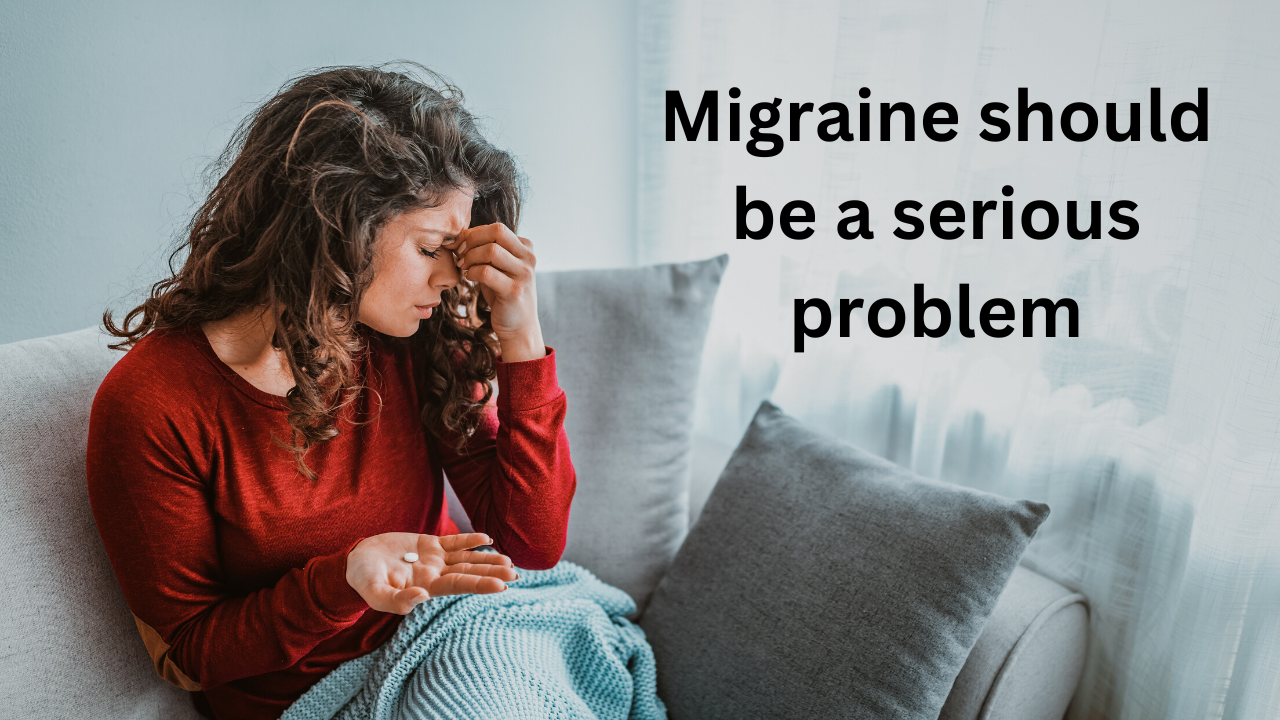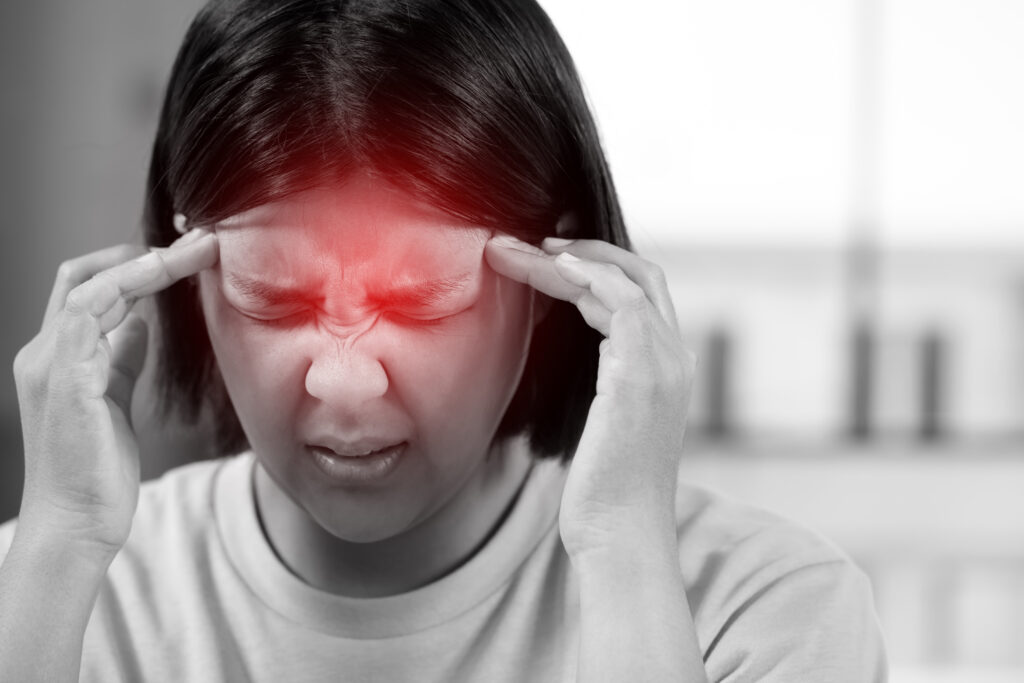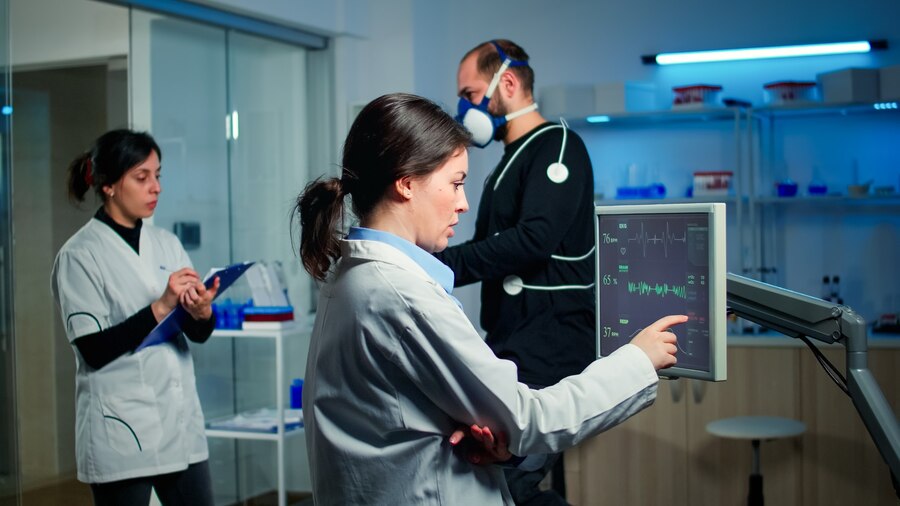MIGRAINE, SHOULD BE A SERIOUS PROBLEM

INTRODUCTION

Migraine is a commonly occurring neurological disorder. Headache accounts for 4.4% of all consultations in general practice, approximately 5% of all medical admissions to hospitals, and about 20% of neurology outpatient consultations. Approximately 2.5% of persons with episodic migraine progress to Chronic Migraines. Migraine affects 20%. of western Europe have headaches at least 15 days per month. Global studies suggest that approximately 1% of the work population may have chronic migraine. Migraine is so common that, even though for many people it is no more than an inconvenience, the cumulative burden of the disorder caused it to rank in the top 40 conditions causing worldwide disability.
Chronic migraine is the term that the International Classification of Headaches Disorders (ICHD) uses to describe patients with frequent headaches, believed to be biologically migrainous. The meaning of the term “chronic migraine” has evolved over the last two decades, as it has steadily replaced earlier terminology such as chronic daily headache, and transformed migraine.
CAUSATIVE FACTOR OF MIGRAINE:-
The condition is believed to be due to disturbance in the carotid or vertebrobasilar vascular tree. An initial phase of vaso-constriction causes symptoms of the local cortical or brain stem and this is followed by vasodilation. These changes affect both intra and extracranial arteries. and it is the dilatation of extracranial vessels that causes pain by stretching the nerve endings in the arterial wall. Pain may be prolonged by secondary muscular contraction.
There is a genetic predisposition, in approximately three-quarters of patients who suffer from migraine attacks & which may be precipitated by a variety of factors such as menstruation, flashing of lights, stress, and anxiety. Cheese, chocolate, cherry & red wine are common precipitants and are all rich in tyramine. Experimental ingestion of tyramine will often promote an attack.
CLINICAL FEATURES – MIGRAINE
● The condition usually starts after puberty and continues till late middle life.
● Headache occurs in paroxysms which is related to emotional stress, particularly during the period of relaxation, when the stress is over.
● Attacks occur at intervals that vary from a few days to several months.
● The first symptom of attack is due to vasospasm.
● This is commonly a sensation of white or colored lights, scintillating spots, wavy lines, or defects in the visual fields.
● Paraesthesiae or weakness of one half of the body may be experienced or there may be numbers of both hands and around the mouth
● These symptoms may last up to half an hour and are followed by the headache which usually begins in one spot and subsequently involves the whole of one side of the head. This may be the same or opposite to the visual or sensory symptoms.
● The side affected is not constant with each attack and the headache often becomes bilateral.
● The pain is usually severe and throbbing in character and is associated with vomiting, photophobia, pallor, sweating, and prostration which may cause severe loss of muscle tone and necessitate the patient talking to her bed in the darkened room.
● The attack may last from a few hours to several days.
DIFFERENTIAL DIAGNOSIS
- Tension headache
- Cluster Headache
- Head injury
- Meningitis
LABORATORY INVESTIGATIONS

Migraine is a clinical diagnosis that does not really require any particular investigations. CT Scan & MRI may be needed to rule out any other suspected causes of headache or to determine the baseline status of the patient before starting their treatment.
MANAGEMENT
Migraine can’t be cured, but your doctor can help you manage migraine attacks by giving you the tools to treat symptoms when they occur, which may lead to fewer attacks in general.
Your treatment plan depends on the –
● Your age
● How often your migraine attack occurs
● The type of migraine you have
● How severe they are based on how long they last, How much pain they have, whether they include nausea or vomiting, as well as other symptoms, and other health conditions you may have.
PRECAUTIONS
To reduce the chances of having migraine attacks, one should avoid the following triggers:
Avoid bright lights & loud noises.
Avoid or limit the intake of caffeine or alcohol.
Stay inside the house in suitable conditions, if the weather causes a migraine episode.
Get enough sleep
Eat balanced, nutritious meals regularly & stay hydrated.
Manage & limit your screen time.
Practice stress relief.
Choose relaxing exercises such as Yoga, walks, or meditation.
ALLOPATHIC MEDICATIONS
(a) NSAIDs:- These medications like ibuprofen or aspirin, are typically used in mild to moderate attacks that don’t include nausea or vomiting.
(b) Triptans:- These medications like sumatriptan, eletriptan, and rizatriptan, are typically the first line of defense for individuals who have nerve pain as a symptom of their migraine attack.
(c) Antiemetics:- These medications like metoclopramide, chlorpromazine, and prochlorperazine are typically used with NSAIDs to decrease nausea.
COMMON HOMOEOPATHIC MEDICATIONS USED IN CASES OF MIGRAINES
Belladonna: Congestive headache with a red face, throbbing of brain & carotids.
Aggravation – noise, jar, motion.
Amelioration – pressure, tight bandaging.
Gelsemium: Headache preceded by blindness.
Begins in the cervical spine extending to the forehead & eye.
The sensation of a band around the head.
Amelioration – profuse urination
Glonoinum: Congestive headache with alternating congestion of the head & heart.
Sensation as if the skull were too small for the brain.
Sunstroke & sun headaches, increase & decreasing with the sun.
Natrum muriaticum :
Anemic headache of school girls, from sunrise to sunset.
Sensation as if thousand little hammers were knocking on the brain.
Zig zag dazzling, like lightning in eyes with a headache.
Nausea & vomiting before, during & after.

CONCLUSION
Migraine is not just a mere headache it can impact each & every aspect of your life, like your work life, and social life therefore people suffering from migraines are more likely to have mental health issues like depression & anxiety disorders. It can also impact the memory of the patient. The risk of mortality is also increased in people suffering from Chronic migraines, hence it is essential to take all measures to avoid and manage the occurrence of migraines.
It is important for us as homeopaths to understand the cause behind the condition of the patient, the reason why such a severe problem started, and guided the patient accordingly along with the medications so as to relieve the patient from his symptoms rapidly, avoid recurrence & directing him towards the path to cure.


